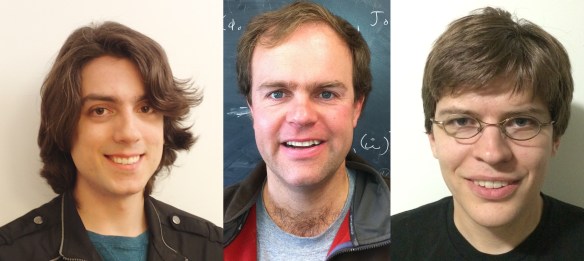
Paolo Pani is a Marie Curie Fellow at Sapienza University of Rome and FCT Researcher at Instituto Superior Tecnico in Lisbon. His research interests include black holes, foundations of General Relativity and relativistic astrophysics. He is co-author of the book “Superradiance” (Springer-Verlag), now in press.
Little is known about dark matter, despite the numerous searches for its constituents. Fortunately, everything falls in the same way, so possible imprints of dark matter can be found in gravitational fields. In particular, if ultralight bosons exist in nature, they would make spinning black holes unstable. How does such instability evolve in realistic scenarios? And what can it teach us about the existence of dark matter?
In our recent CQG paper, we take the first step to address these questions by studying how a light scalar field grows near Continue reading










You must be logged in to post a comment.